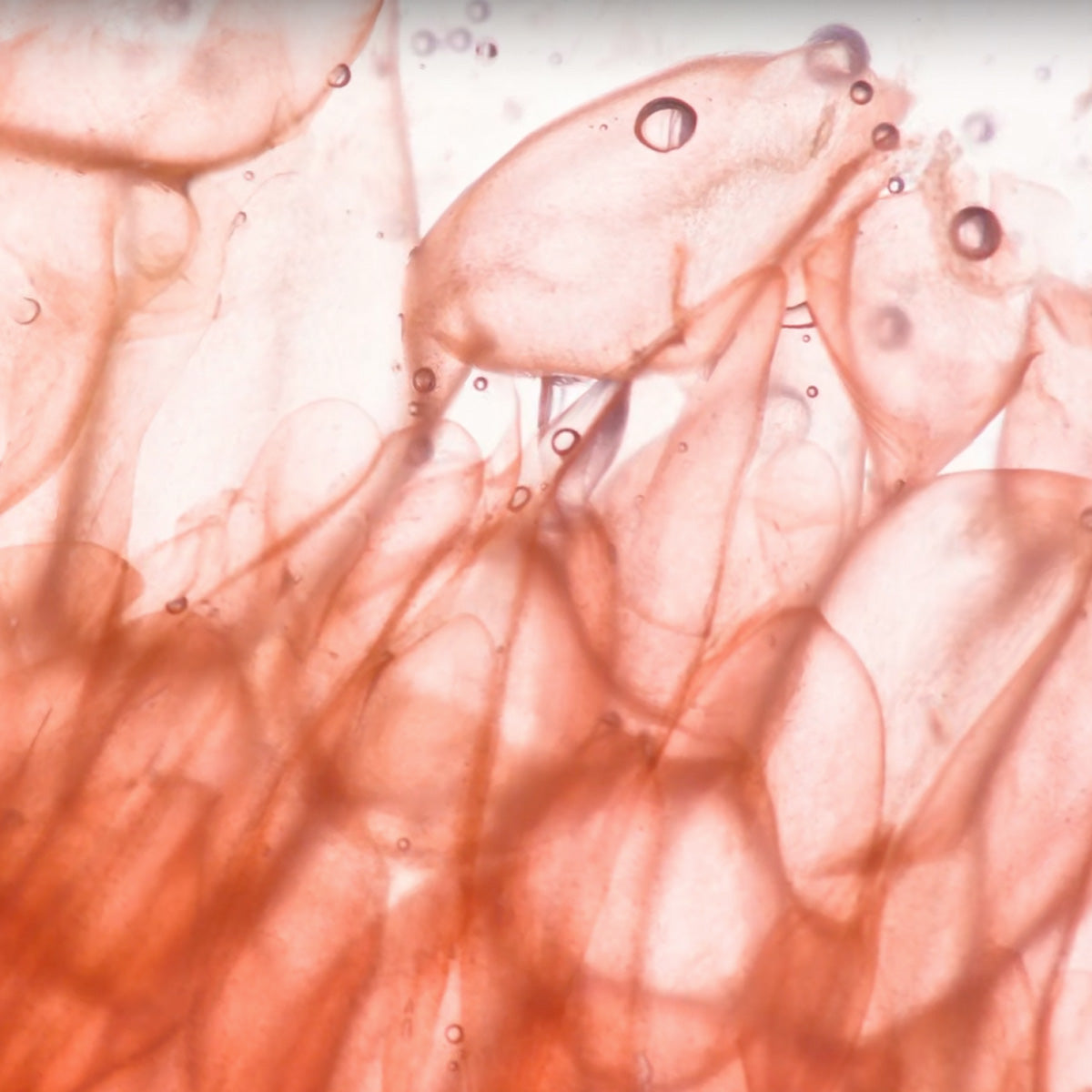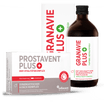
What makes a good olive oil?
The 7 most important quality features
What makes a good olive oil? The 7 most important quality characteristics
Olive oil is a central component of the Mediterranean diet and known for its positive health benefits. However, not every olive oil meets the high quality standards required for an olive oil with genuine health benefits. Here are the key characteristics that define a good olive oil:


Origin of the olives
The region where the olives are grown plays a major role in their quality. Make sure the olive oil comes from traditional growing areas where sustainable and organic methods are practiced—for example, in Greece.
Polyphenol content
Polyphenols are antioxidants that primarily counteract the harmful oxidation of blood lipids. A high polyphenol content is the hallmark of a healthy olive oil. Look for oils with at least 200 mg/kg, such as O'Liv PLUS, which is classified as "ultra-high phenolic" at 750 mg/kg.


Harvest time
An early harvest guarantees a higher polyphenol content. A high-quality olive oil should explicitly state that the olives were harvested early to maximize the health benefits. If the harvest takes place later, as is the case with most supermarket oils, the polyphenol content has already dropped significantly.
Why is O'Liv PLUS the best choice?
O'Liv PLUS is made from the Greek Koroneiki olive, known for its high polyphenol content. Gentle cold pressing and early harvesting preserve the maximum polyphenol content. It not only offers antioxidant health benefits but is also sustainably produced, without pesticides and using animal-friendly methods. With a polyphenol content of at least 750 mg/kg, O'Liv PLUS protects blood lipids and contributes to the maintenance of normal cholesterol levels.

Polyphenols – the key to healthy olive oil

Our products
The organic olive oil with maximum polyphenol content

























Leave a comment
This site is protected by hCaptcha and the hCaptcha Privacy Policy and Terms of Service apply.